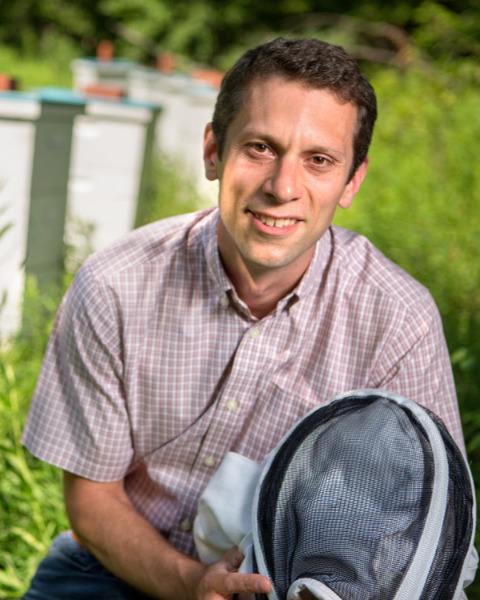Plant-Insect Ecosystems
10-Minute Paper
Pollen characterization of adult bee guts: Insight into wild bee foraging in temperate spring forest canopies

Katherine R. Urban-Mead
PhD Candidate
Cornell University
Ithaca, New York- Mv
Maria van Dyke
Cornell University
Ithaca, New York - PM
Paige Muñiz
Cornell University
Ithaca, New York 
Scott McArt
Assistant Professor
Cornell University
Ithaca, New York- BD
Bryan N. Danforth
Cornell University
Ithaca, New York
Presenting Author(s)
Co-Author(s)
Despite being historically forested, the deciduous forests of the Northeastern USA have been largely ignored as potential bee habitat due to their dense canopy cover and dominance by wind-pollinated trees. Yet recent work has characterized a suite of forest-associated bees that include many important spring crop-pollinators, suggesting habitat spillover into apple orchards after bees use the abundant flowering canopy and understory resources available in spring. Our previous work deployed canopy and understory traps in 11 second-growth woodlots and orchard-adjacent forest plots and found over one-fifth of New York's 417 wild bee species, with canopies particularly dominated by solitary female bees. To ask whether these bees were indeed canopy foraging, we dissected 2,885 canopy, understory, and orchard-caught bees and identified the pollen in their digestive tracts. In addition to pollen understory herbs, shrubs, and adjacent orchards, bee digestive tracts held large amounts of maple pollen, as well as oak, hickory, birch, and walnut. These wind-pollinated species are usually not considered “bee trees,” yet produce astonishing quantities of pollen. Pollen consumption further tracked mast bloom, e.g. pollen availability, and we discuss nutritional quality and amino acid profiles for the most common wind-pollinated species used by bees in our communities. Finally, we propose possible ecological forest management strategies for landscape scale maintenance of vibrant forest bee pollinator populations.

